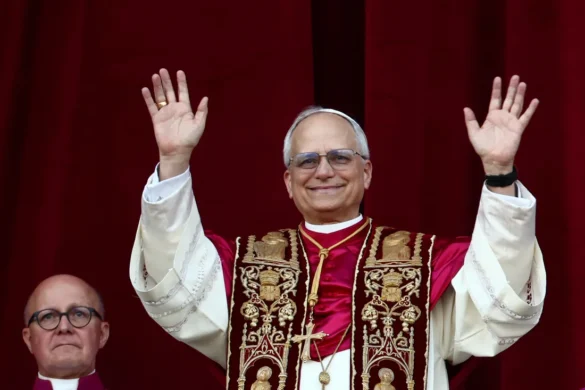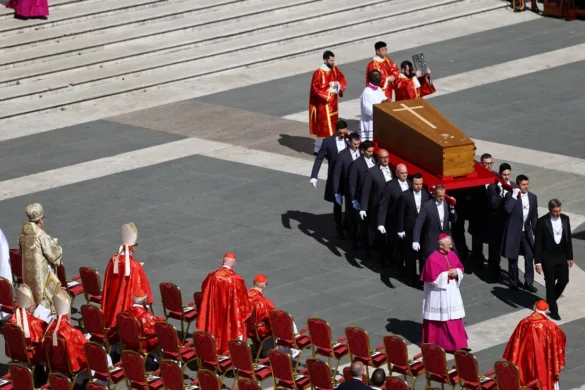Senegalese sculptor Ousmane Sow, a prominent figure in contemporary art and the first African to be elected to France’s prestigious Academie des Beaux-Arts, died on Thursday in Dakar at the age of 81, his agent said.
Sow was known for his monumental sculptures of human bodies, notably the Nuba wrestlers of Sudan, which drew over three million visitors when they were exhibited on the Pont des Arts bridge in Paris in 1999.
Their hefty, muscular torsoes are moulded with a a rust-coloured clay whose components Sow kept as a secret recipe.
“He really changed the course of history of contemporary sculpture,” said Francoise Monnin, an art historian in Paris who places him among the ranks of the world’s great sculptors such as Auguste Rodin.
A trained physiotherapist, Sow did not start working as a full-time artist until he was 50. His first exhibit in Dakar in 1987 caused waves because the depiction of nude male bodies was so unexpected in a mostly Muslim country.
“There was a kind of power and humanity in his works,” said Stephane Martin, president of Paris’ Quai Branly Museum, who attended Sow’s first exhibit.
Sow had a popular following in France, but also drew from U.S. culture with a 35-piece representation of the Native American battle of Little Big Horn, part of which was displayed in the Whitney Museum in New York.
“The man was African, but his sculpture was universal,” said Monnin, who knew Sow personally for 20 years. He was still working up until a month before his death, she said.




